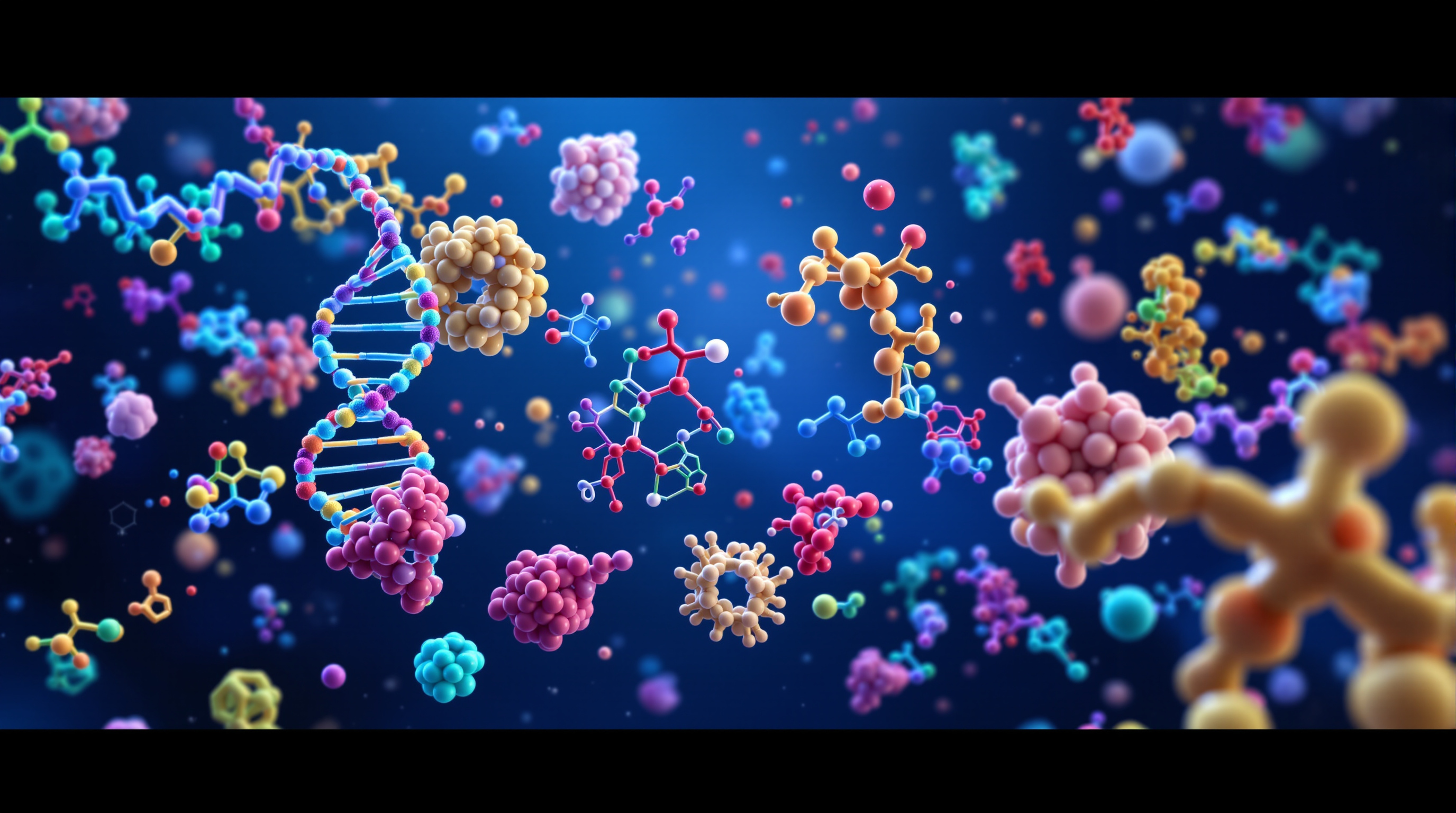Explore the World of Molecules
Your comprehensive resource for chemical databases, molecular structures, and research tools

Your comprehensive resource for chemical databases, molecular structures, and research tools

Everything you need to explore and understand the molecular world
Explore organic, inorganic, and biomolecules with detailed information about structures, properties, and applications.
Learn MoreAccess comprehensive guides to major chemical databases including PubChem, ChEMBL, and specialized repositories.
Explore DatabasesDiscover molecular modeling software, spectroscopy techniques, and computational chemistry tools for your research.
View ToolsWelcome to Molecule Library, your comprehensive resource for exploring the fascinating world of chemical molecules and molecular databases. Our platform serves as a bridge between academic research, educational resources, and practical applications in chemistry and molecular science.
In the modern era of scientific discovery, access to accurate molecular information has become crucial for researchers, students, and industry professionals alike. Molecule Library aggregates knowledge about chemical structures, properties, and databases to provide a centralized hub for molecular exploration.
Whether you're a chemistry student beginning your journey into molecular science, a researcher seeking specific compound information, or an educator looking for comprehensive resources, our platform offers valuable insights and tools.
Documented Compounds
Major Biomolecule Classes
Chemical Databases
Educational Resources
Explore comprehensive resources for chemistry education and research